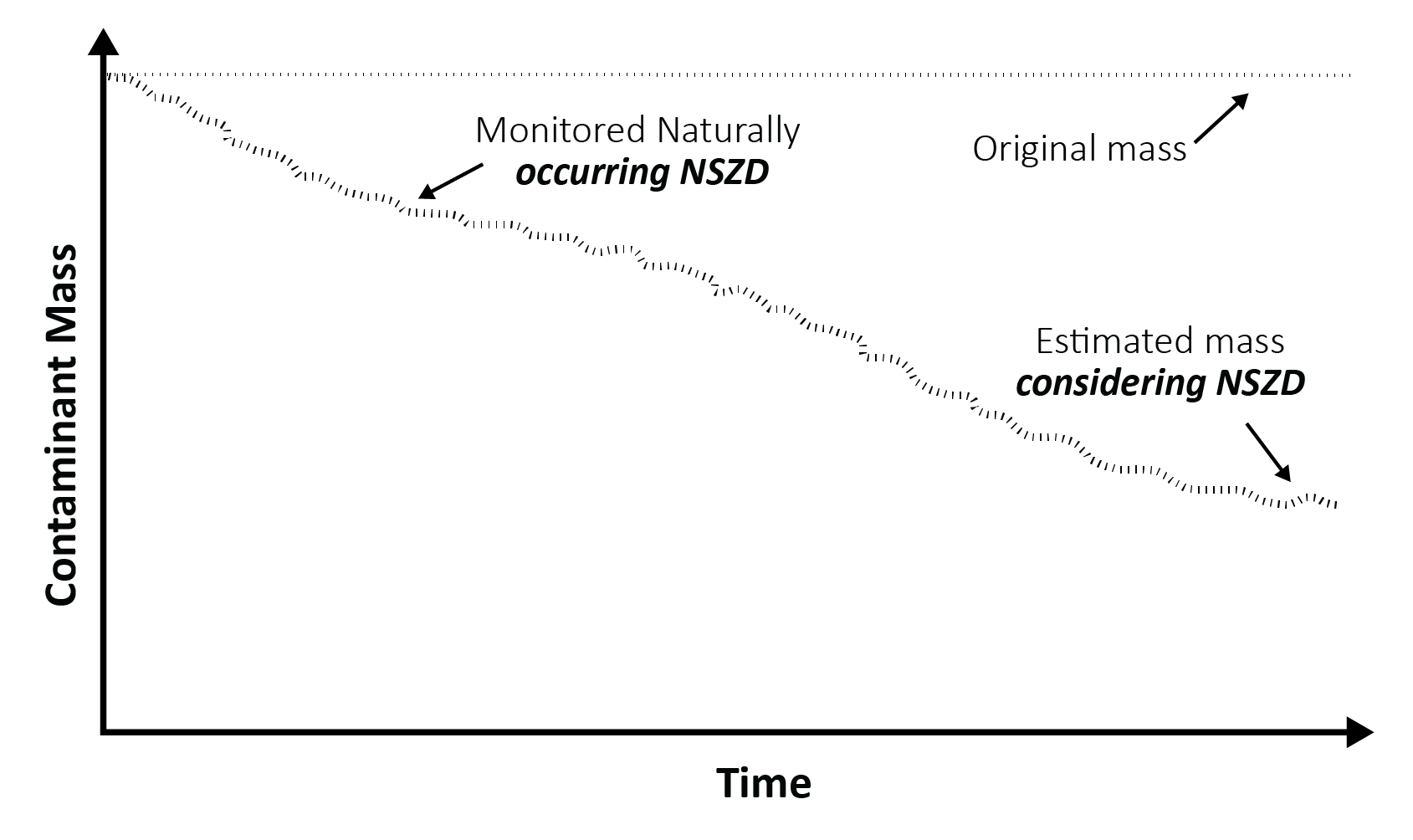Fossil Fuel Traps
Product Overview Sampling Process Case Studies Product Resources Get a Quote
Quantifying NSZD rates is valuable in determining the appropriate timing and magnitude of LNAPL remediation efforts.
Onshore petroleum spills pose unique environmental challenges requiring intensive risk assessment and management. Biodegradation, which is considered the most significant process in Natural Source Zone Depletion (NSZD), is carried out by naturally occurring soil microbes that readily consume and degrade petroleum. This process results in total contaminant mass reduction.
The Interstate Technology & Regulatory Council (ITRC) LNAPL Guidance Document and the recent American Petroleum Institute (API) NSZD Guidance Document include methods for estimating biodegradation (NSZD) rates. However, NSZD rates are not easily quantified. Most monitoring techniques estimate total mass reduction without eliminating non-contaminant signals or correcting for temporal variations in site conditions.
A Fossil Fuel Trap installed in the field showing the transport of Modern CO₂, Fossil Fuel CO₂, and atmospheric CO₂ contributions.
Fossil Fuel Traps offer the most precise NSZD measurement in the industry
Fossil Fuel Traps are passive samplers that measure naturally occurring biodegradation of Light Non-Aqueous Phase Liquids (LNAPL) such as petroleum by capturing the CO₂ emitted from the contaminated soil and groundwater using a sorbent.
Our traps include:
Time-integrated average flux measurements to account for diurnal and daily fluctuations.
The typical deployment time for Fossil Fuel Traps is 14 days (although can be modified within a range of 5-28 days without further modification of the traps). Measuring the total CO₂ flux over an extended period provides a time-averaged estimate of soil CO₂ flux that accounts for temporal variability in site conditions, including atmospheric pressure fluctuations and weather changes.
Patented dual-sorbent layer technology to avoid interference with the normal soil gas respiration regime and avoid atmospheric CO₂ interference.
Each Fossil Fuel Trap contains two layers of sorbent; the top layer captures ambient CO₂, which is used to eliminate ambient interference in the bottom layer, while the bottom layer absorbs soil-emitted CO₂. Since the Fossil Fuel Trap is open to the atmosphere and the CO₂ is captured by the sorbent and does not build up within the head space, the gas flow is not disturbed and the diffusion gradient is not altered.
¹⁴C analysis to differentiate fossil fuel-generated CO₂ from modern CO₂ interference.
Modern CO₂ contributions (i.e., from natural soil respiration processes) can be significant and need to be subtracted from the net CO₂ flux measurement before an accurate biodegradation rate can be estimated. To eliminate this modern carbon interference, every bottom layer of the sorbent is precisely analyzed for its radiocarbon (¹⁴C) content (ASTM D6866-18).
The Fossil Fuel Traps represent many years of testing and refinement, including many successful world-wide deployments.
What can the Fossil Fuel Traps do for you?
E-Flux’s patented CO₂ trap method provides all you need to map LNAPL sources, quantify NSZD rates, and monitor NSZD remediation efforts.
Map LNAPL sources
Quantify NSZD rates
Monitor NSZD Remediation efforts



